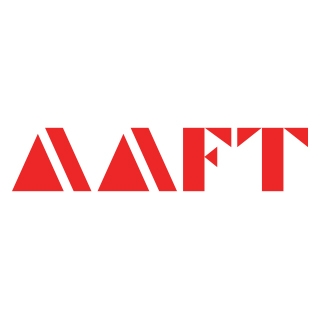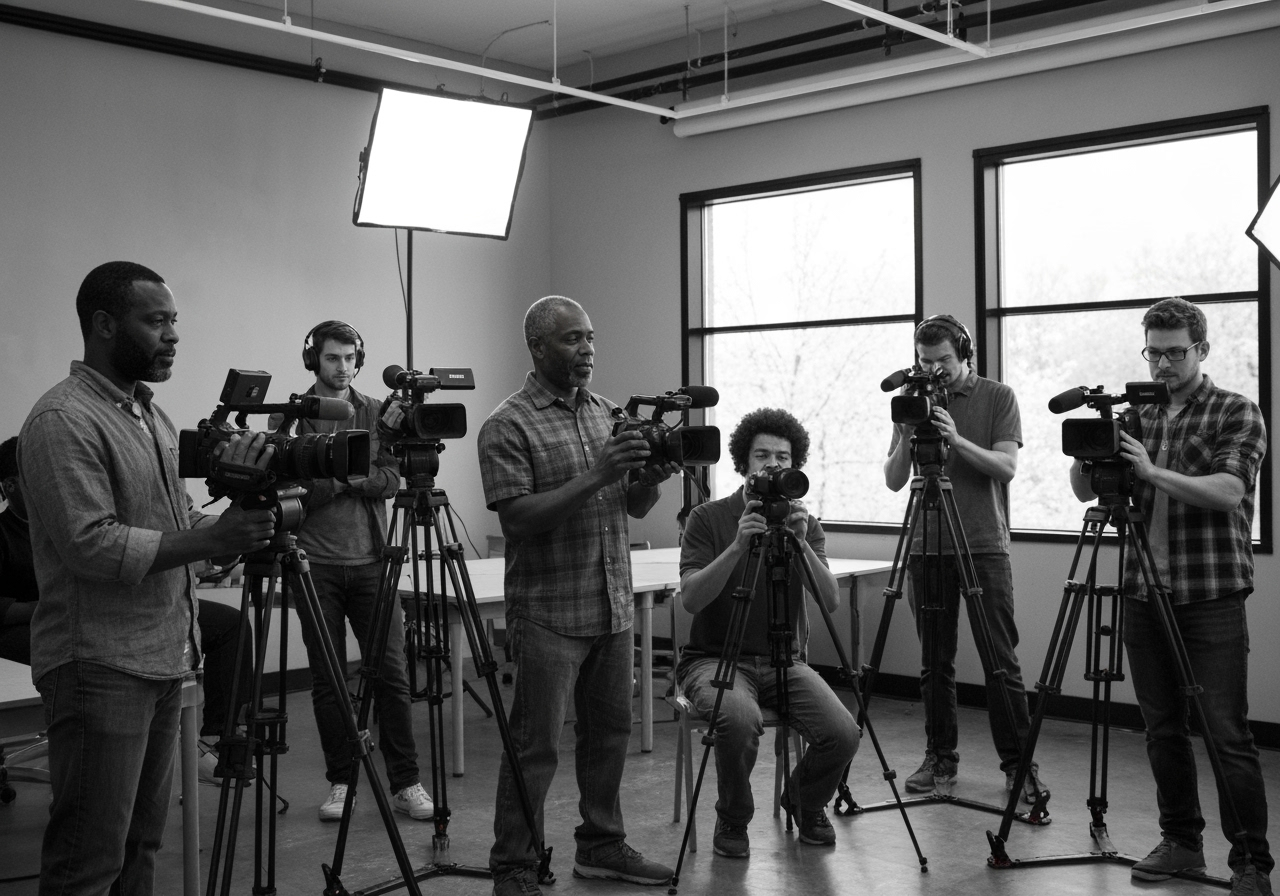How Gen Z is Redefining News Consumption?
Earlier, staying informed meant reading the newspaper or watching the 9 PM news. But today, news reaches Gen Z through reels, tweets, and podcasts; often, it finds them before they even search for it.
You might scroll past a meme, then land on a subtitled reel about global protests, catch a financial tip while listening to a podcast on the way to class. And this is the definition of news in the Gen Z era, characterized by a fast, visual, mobile-first, and creator-driven approach.
On this line, Gen Z news consumption refers to how young digital natives engage with news via platforms like Instagram, YouTube, and Spotify. It is changing how stories are told and who is telling them.
This shift is also opening up new careers in journalism, mass communication, and digital content creation, ideal for those who want to shape stories in the new age of media consumption.
Why Is Gen Z Changing How News Is Consumed?
Do you want free career counseling?
Ignite Your Ambitions- Seize the Opportunity for a Free Career Counseling Session.
- 30+ Years in Education
- 250+ Faculties
- 30K+ Alumni Network
- 10th in World Ranking
- 1000+ Celebrity
- 120+ Countries Students Enrolled
As per Statista, only 4% of Gen Z rely on traditional media for news, while 50% turn to social media for their daily dose of updates!
Read Also: What to Expect in a TV Journalism & Communication Course
So, What is Not Working Anymore
- Slow and outdated formats that can not keep up with trending events
- Formal tone and complex words that don’t feel relatable
- One-way storytelling that doesn’t invite or engage the audience’s opinions
What Gen Z Is Choosing Instead
- Instagram Reels, YouTube Shorts, explainer videos, and meme pages that simplify the news
- Podcasts and YouTube breakdowns that make learning effortless
- Creators and influencers who speak your language and earn your trust
Gen Z News Consumption Pattern at a Glance
By now, it is clear that Gen Zs are connecting with news differently, and no, these changes are not random; they are responses to deeper shifts in media trust, technology use, and attention habits.
Book Now →
This evolving behaviour is shaping how stories are delivered, which formats work best, and is also unlocking new career pathways in journalism and mass communication that are far more aligned with how youths consume and create content.
Let us explore what is driving this shift –
1. Mobile-Led Discovery
Gen Z rarely visits traditional news websites. Instead, headlines appear directly in their social media feeds. This shift makes mobile-first storytelling a vital skill in modern journalism.
Do you want free career counseling?
Ignite Your Ambitions- Seize the Opportunity for a Free Career Counseling Session.Read Also: Inside a TV Journalism & Communication Course: What to Expect
2. Preference for Short-Form Visual Content
Lengthy articles and slow TV segments no longer appeal to most young users. Gen Z favours news that is concise, easy to understand, and visually appealing, especially in formats like reels, explainers, shorts, and even podcasts.
3. Increasing Trust in Individual Creators
Instead of relying solely on established news brands, Gen Z trusts individual content creators and influencers who appear more relatable.
4. Participatory Approach
One-way broadcasts are no longer encouraged; rather, news that draws engagement finds its audience in Gen Z. Gen Z often participates by commenting, sharing, and even creating content. The rise of interactive journalism and community-led reporting is a direct result of this change.
5. Value-Driven Engagement
This generation follows issues that align with their personal values, climate action, equality, identity, and mental health, and hence, they seek stories that reflect their voice.
Impact-led journalism is gaining prominence, making storytelling with purpose a key skill taught in relevant mass communication courses.
Read Also: Online vs. Offline Education: Which Offers Better Career Opportunities?
Why Content Creation Is the New Journalism
Here is how content creation is reshaping journalism and why it matters:
1. Creators Are Informing, Not Just Entertaining : Young audiences now learn about elections, climate change, and global issues from reels and explainer videos, often from creators they follow daily.
2. Formats Have Changed, but the Purpose Remains: Traditional journalism relied on long-form reports and TV news hours. However, now, both the medium and form of delivery of news have changed, consisting mainly of,
- Subtitled short videos
- Issue-based vlogs and podcasts
- Instagram or LinkedIn posts with commentary
3. New-Age Media Careers Demand Creator Skills: Being a journalist today also means understanding video editing, audience behaviour, and visual narratives. This is why mass communication programs now include:
- Social media storytelling
- Mobile journalism (MoJo)
- Content planning for platforms
Podcasts Taking Over Traditional Journalism
Formats like radio and podcast are becoming a popular medium of news consumption for Gen Z. Here is how this shift is changing the news game —
- Multi-task friendly: Listen while commuting, studying, or even working out
- Feels personal: Audio builds a one-on-one connection, like a friend explaining the news
- Slower & In-depth Approach: Unlike fast reads, podcasts let you dive into topics that matter
- Authentic: With less pressure on visuals, podcast hosts often feel more real and relatable
Read Also: Radio Jockeying 101: How to Become an RJ
Why This Shift Matters for Students & Creatives
As the media landscape changes, so do the roles within it. The shift in news consumption and technological advancement has opened up a new array of opportunities for a career in media, journalism, or digital content; understanding Gen Z news behaviour is essential.
Top Emerging Career Paths
- Journalist (short-form, mobile-first news)
- Podcast Host or Producer
- Video Content Creator for Media Platforms
- Social Media Editor for News Brands
- Community Manager for News Engagement
- Sports & Entertainment Journalist (platform-specific)
How to Start Your Journey in Journalism and Mass Communication
In this modern age, where the media landscape is constantly evolving, starting early and in the right manner can make all the difference for your career.
Here is a step-by-step path to help you explore a future in journalism and mass communication, one that not only aligns with Gen Z media habits but also prepares you for long-term success.
Step 1: Identify your core interest
Whether it is digital journalism, radio jockeying, sports journalism, or social media content, determine where your interest lies, as an early saturation of interest can help you specialise in your area.
Read Also: Top 5 Careers in Radio Production & Hosting: Your Voice, Your Brand
Step 2: Explore future-ready media institutes
Ensure to choose the right media school, and choose the ideal program that aligns with your interests. Some of the most common courses that can help you step into the industry are as follows –
- BJMC (Bachelor of Journalism and Mass Communication)
- BA Mass Communication
- Diploma in Journalism and Mass Communication
- Radio Jockeying Course
Note – Choose institutions that combine theory with practice, like news simulations, studio-based training, and real-time content creation.
Read More: How to Choose the Right Media School
Step 3: Check your eligibility
Most undergraduate mass communication courses are open to Class 12 pass-outs from any stream, science, commerce, or humanities.
Step 4: Apply early and attend counseling sessions
Explore application dates, attend open houses or webinars, and talk to faculty or admission advisors to clear doubts and understand your learning path.
Step 5: Build your digital portfolio
As you learn, start creating your content, like blogs, reels, YouTube videos, or podcasts. A strong portfolio showcases your creativity, consistency, and potential to future employers and collaborators.
Final Thoughts
Gen Zs are right at the forefront, shaping how news is consumed and produced, on a whole new level. From swiping through explainers to listening to podcasts on the go, this generation is turning everyday content into meaningful conversations. Now, news isn’t only something to read or watch, but rather something that can be created, questioned, and shared individually!
Read Also: Podcast Power: The Future of Audio Storytelling and Radio Jockeying
So, if you are someone who loves telling stories, staying updated, or expressing ideas through content, this could be a space where you truly belong. Exploring a path in journalism, mass communication, or even something niche like radio jockeying or digital reporting might just open doors you didn’t expect.
At AAFT’s School of Journalism and Mass Communication, our courses are built to match this evolving media landscape, with a heavy emphasis on creativity and real-world learning. Whether you enjoy working behind the scenes or being the voice people listen to, there’s a space for you to grow, experiment, and find your style.
FAQs
1. What is the best course to study if I want to work in digital journalism?
A Bachelor of Journalism and Mass Communication (BJMC) or a diploma in journalism is ideal as these courses focus on digital storytelling, multimedia content, and mobile-first reporting.
2. Can I pursue mass communication after Class 12?
Yes, most mass communication courses after the 12th are open to all streams.
3. Is content creation considered a part of journalism today?
Yes, with Gen Z leading content trends, content creation is now a vital part of modern journalism, especially on platforms like Instagram, YouTube, and podcasts.
4. What career options are available after a mass communication degree?
A mass comm and journalism degree opens up roles like news anchor, digital journalist, podcast host, social media editor, and radio jockey across media, marketing, and creative fields.
5. How does a radio jockey course help in today’s digital media?
A radio jockeying course can train you in voice modulation, scripting, and audio production, which are vital in both radio and podcasting.

AAFT has been providing the world with limitless creativity and expression since 1993! Through a dynamic and industry-driven curriculum, AAFT provides engaging and captivating articles to persuasive blogs and empowers its readers to explore diverse avenues of creative media education-related content.






